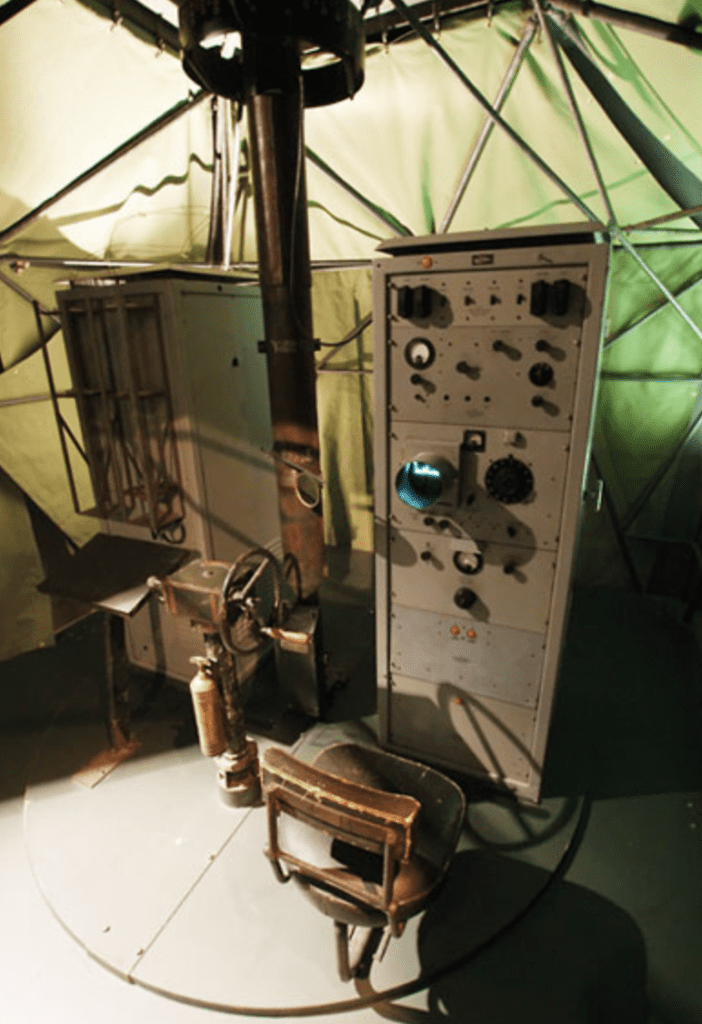Australian War Memorial: Light Weight Air Warning (LWAW) Radar c1942
Australia led the world in the development of Radar during the Second World War. The work carried out here fell under the Official Secrets Act until the mid 1990’s. A pivotal piece of technology in this story was the “LWAW” Radar, back when a bit over 2 tonnes, 6m high and 6m wide was considered to be “light weight” and easily transportable..
There was a desire on the part of the gallery designers that when installed in the AWM Aircraft Hall, visitors would be able to see what the operators had originally seen when they were looking at the receiver display. While full circuit diagrams were available for the circuitry of the radar, a number of issues were clear.
-The circuit uses valves/tubes with much of the circuit operating at above 500v and some of the circuitry at above 2000v.
-Sending/receiving signal to produce an image on the screen would be impossible to do safely.
-The small cathode ray tube screen of the display would rapidly burn out if a static signal was produced and fed to its inputs (even if the circuitry could be made to function after 60 years).
Talking to members of the Radar Society, we were able to get a description of what a typical signal might look like on the receiver screen. A thin sandwich of acrylic, tinted green spotlight lens film, frosted film and LED’s was manufactured which could be inserted into the narrow gap between the viewing lens frame and the original receiver cathode tube, showing the correct green signal trace. This circuit ran from a small transformer and operated at a mere 12v and produced no heat.
The end result was a completed display giving the intended experience of the unit in operation, but with no detrimental interaction with the relic, no risk from powering up high voltage systems and a small, harmless and completely removable addition that was discreet and invisible to the museum visitor.
Sometimes, giving the appearance of operation for interpretation, doesn’t actually require operation and the associated risks.

